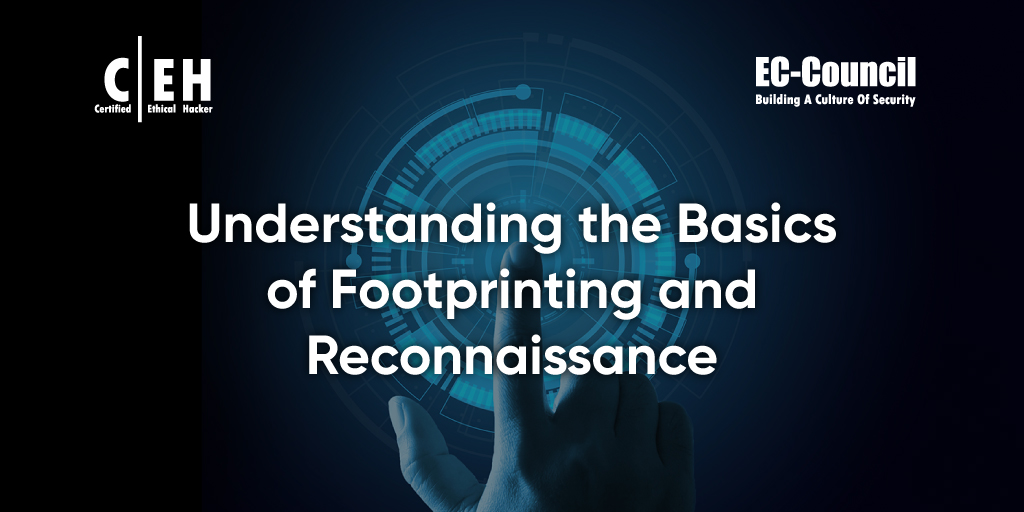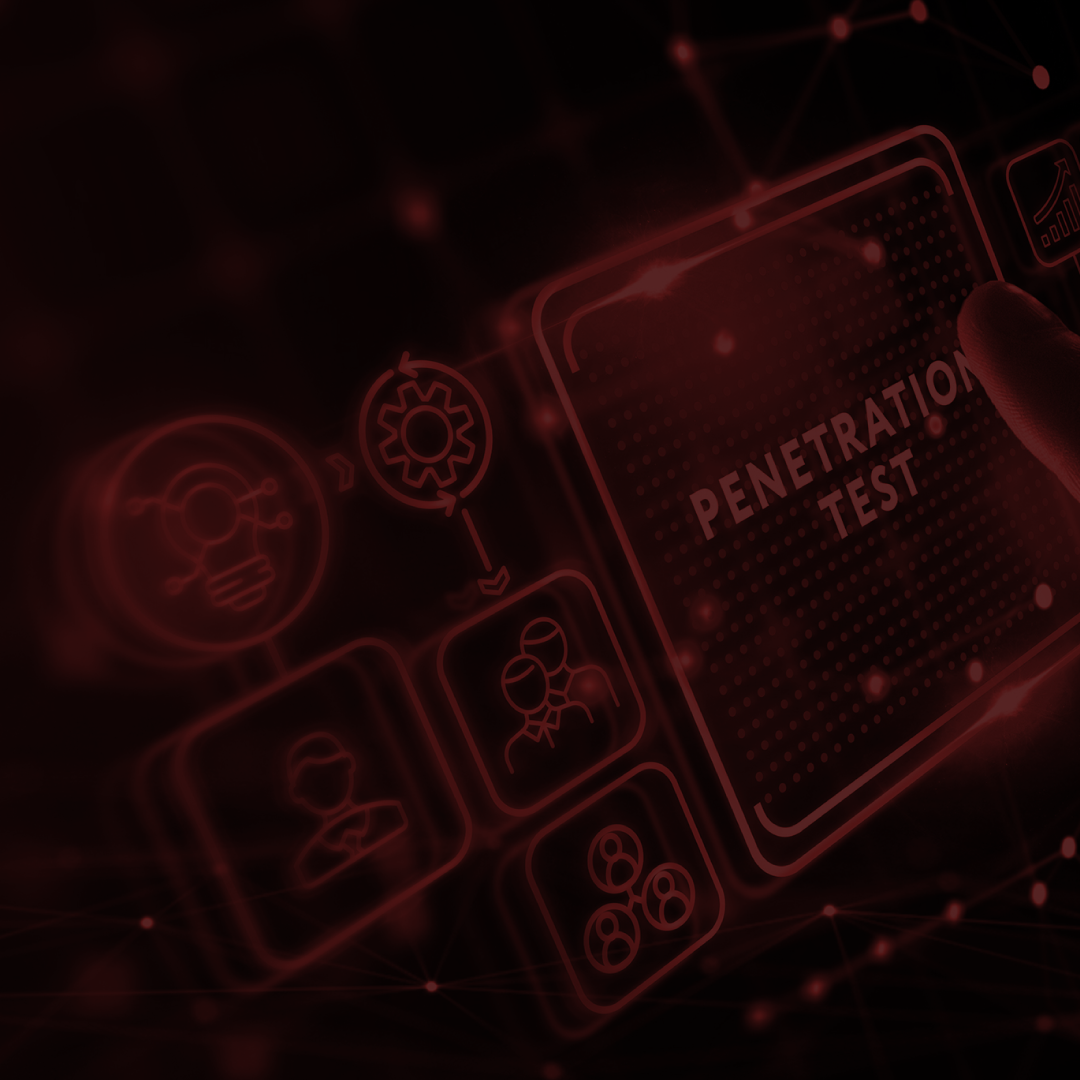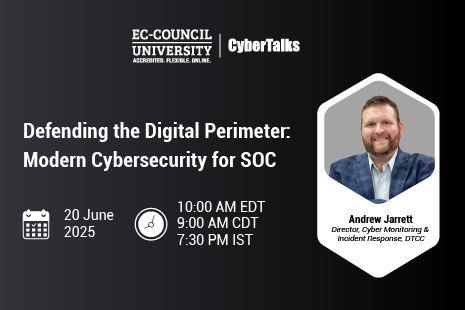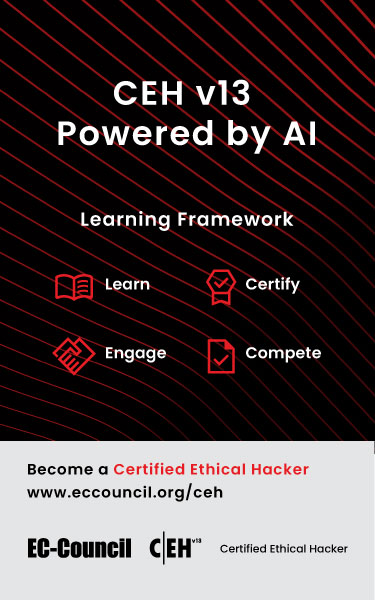Footprinting and reconnaissance are two essential steps in any security assessment (Hunt, 2021). They help provide a blueprint of an organization’s security posture and can uncover potential vulnerabilities. This article will discuss footprinting, reconnaissance, and different types of footprinting methodologies. We will also look at what information can be gathered through footprinting and how it can improve organizations’ cybersecurity.
What Is Network Footprinting?
“What is network footprinting?” is a common question among novice ethical hackers. It is the process of identifying and understanding the security risks present in an organization. Like reconnaissance, it involves gathering as much information about the target as possible, including information that may not be readily available online. This information can then be used to build a profile of the organization’s security posture and identify potential vulnerabilities.
There are two main types of footprinting: passive and active.
- Passive footprinting: Gathering information from publicly available sources such as websites, news articles, and company profiles
- Active footprinting: Using more intrusive methods to access sensitive data, such as hacking into systems or applying social engineering techniques
The type of footprinting approach you use will depend on what information you want to collect and how much access you have to the target. For example, if you’re going to collect information about an organization’s network infrastructure, you may need to use active footprinting methods such as port scanning and vulnerability assessment. However, passive footprinting will suffice if you want to gather publicly available information, such as the names of employees and their contact details.
What Is Reconnaissance?
Footprinting is a part of a larger process known as reconnaissance. Reconnaissance is the information-gathering stage of ethical hacking, where you collect data about the target system. This data can include anything from network infrastructure to employee contact details. The goal of reconnaissance is to identify as many potential attack vectors as possible.
Data collected from reconnaissance may include:
- Security policies. Knowing an organization’s security policies can help you find weaknesses in their system.
- Network infrastructure. A hacker needs to know what type of network the target is using (e.g., LAN, WAN, MAN), as well as the IP address range and subnet mask.
- Employee contact details. Email addresses, phone numbers, and social media accounts can be used to launch social engineering attacks.
- Host information. Information about specific hosts, such as operating system type and version, can be used to find vulnerabilities.
Footprinting Methodology
There are many different ways to approach footprinting, but all approaches should follow a similar methodology. This includes identifying the assessment goals, gathering information about the target, analyzing this information, and reporting your findings.
The first step is to identify the goals of the assessment. What do you want to achieve by conducting a security assessment (Arora, 2021)? Do you want to find out how easy it would be to hack into the organization’s systems, or do you want to gather general information about the organization’s network infrastructure?
Once you have identified your goals, you can gather information about the target. This includes anything relevant, such as the company’s name, website, contact details, and relevant social media profiles. It is also essential to gather information about the organization’s security posture, such as what type of security measures they use and how they are implemented.
Once you have gathered all this information, it needs to be analyzed and evaluated. What threats does this data pose to the organization? Are there any areas of weakness that an attacker could exploit?
Finally, what recommendations can you make to improve the organization’s security posture? Reporting your findings is an essential part of the footprinting process. You need to provide a detailed report that outlines your conclusions and recommendations. This will help improve the organization’s awareness of cybersecurity threats and help it take steps to mitigate these risks.
Information Gathered Through Footprinting
The information gathered during a footprinting assessment can be used in many different ways. It can be used to improve an organization’s security posture by identifying vulnerabilities and recommending corrective actions. It can also be used in future penetration tests or red team exercises (Forbes Technology Council Expert Panel, 2021) to assess the effectiveness of security measures.
Finally, it can also be used as evidence in the aftermath of a data breach or cyberattack. Having a comprehensive record of its security posture can help an organization show that it took all reasonable steps to protect its data.
How Footprinting Is Used
Footprinting in ethical hacking is a common technique used by security professionals to assess an organization’s security posture. It can be used as part of a more extensive assessment or in isolation and can provide valuable information about the organization’s cybersecurity vulnerabilities. To learn Ethical hacking, you can enroll to a Ethical hacking course.
For hackers, footprinting can be used to gather information about a target that can then be incorporated when planning an attack. This includes information such as the names of employees, contact details, and social media profiles.
The Golden Career Opportunity: Start Your Cybersecurity Journey
Learning footprinting is an excellent way to get started in cybersecurity. It is a relatively simple concept, and there are many tools and resources available to help you get started. There are also many job opportunities available for those with cybersecurity skills like footprinting, which opens up a world of possibilities for your career.
For those looking to get into or improve their competencies in cybersecurity, it’s essential to take an accredited course to ensure that you have the most up-to-date knowledge and skills. EC-Council is one of the world’s largest cybersecurity training and certification providers, with courses covering everything from penetration testing to digital forensics. The Certified Ethical Hacker (C|EH) is one of EC-Council’s most popular and the best ethical hacking courses. The C|EH course covers the basics of ethical hacking, teaching you how to find and exploit weaknesses in systems using the latest methodologies and tools.
Whether you’re looking to get started in cybersecurity or improve your existing skills, EC-Council has a program for you. With world-class instructors and a wide range of courses, you’ll be able to find the perfect fit for your needs, from the basics of footprinting and reconnaissance to advanced penetration testing techniques. Equipped with the knowledge and skills you’ll gain from these courses, you’ll be ready to take your cybersecurity career to the next level.
Start your cybersecurity journey today! Visit EC-Council’s website to learn more about our certified ethical hacker course.
Arora, T. (2021, June 18). What to look at when assessing your cybersecurity vulnerability risk. Forbes. https://www.forbes.com/sites/forbestechcouncil/2021/06/18/what-to-look-at-when-assessing-your-cybersecurity-vulnerability-risk/
Forbes Technology Council Expert Panel. (2021, March 16). 15 smart strategies for ensuring a successful red team exercise. Forbes. https://www.forbes.com/sites/forbestechcouncil/2021/03/16/15-smart-strategies-for-ensuring-a-successful-red-team-exercise/
Hunt, B. (2021, December 2). To prevent cyberattacks, make reconnaissance harder. Forbes. https://www.forbes.com/sites/forbestechcouncil/2021/12/02/to-prevent-cyberattacks-make-reconnaissance-harder/












